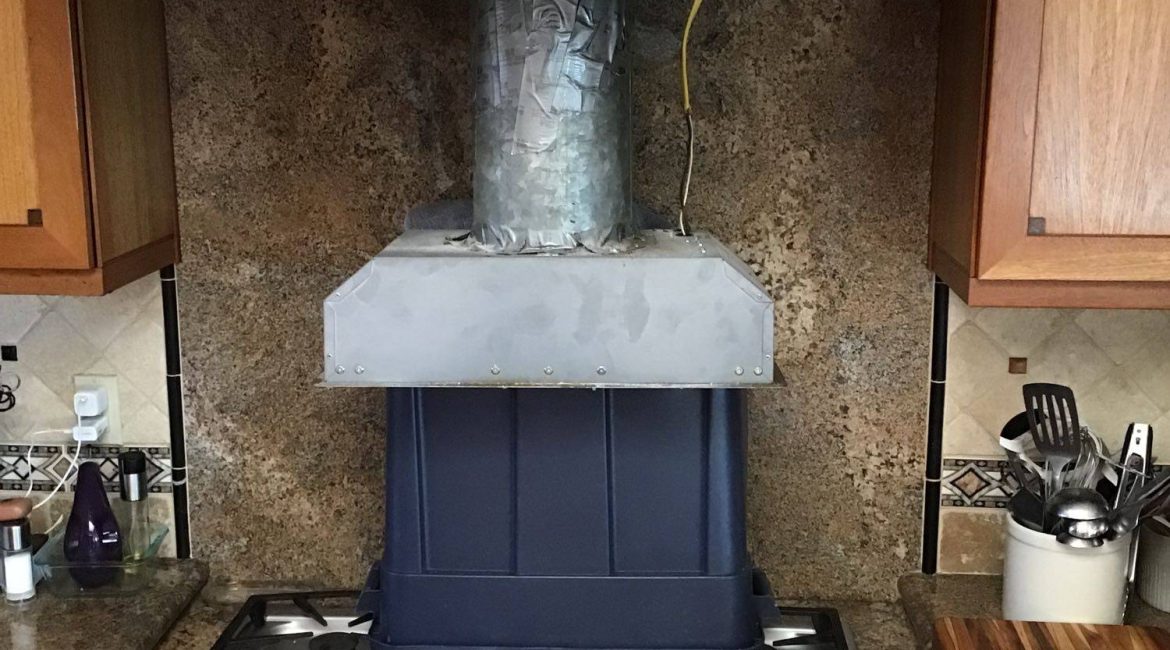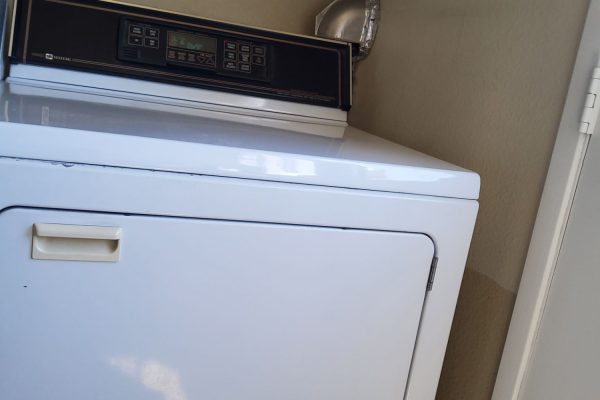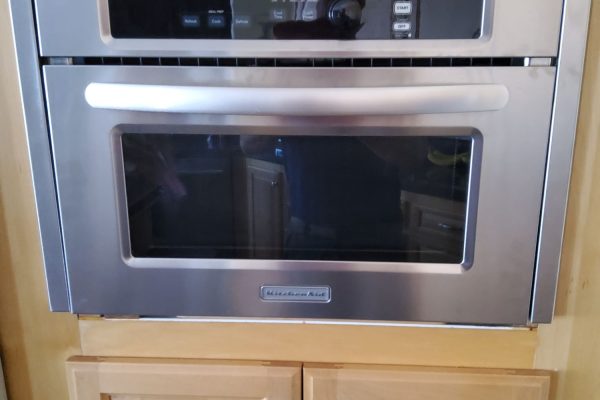A range hood is one of the most essential appliances in any modern kitchen. It keeps the air clean, removes smoke and steam, and provides convenient lighting directly above your cooktop. When the lights in the range hood begin flickering, dimming, or fail altogether, it’s not only annoying but also a sign that something inside the system isn’t functioning properly. What may look like a simple bulb problem can actually indicate deeper electrical issues such as a failing transformer or a malfunctioning LED driver. Understanding these problems can help prevent further damage and ensure your kitchen remains safe and functional.
Why do range hood lights flicker or go out?
Most range hood lighting problems stem from two primary causes:
- Faulty transformer
- Damaged or unstable LED driver
These components regulate electrical flow to the lights. When either of them fails, the bulbs receive inconsistent power, which results in flickering or complete failure.
1. Faulty Transformer
Traditional halogen or incandescent range hood lights often rely on a low-voltage transformer to step down household voltage to a safe level. Over time, this transformer can degrade due to heat exposure, electrical surges, or natural wear.
Typical symptoms of a failing transformer include:
- Constant flickering when the lights are on
- Lights dimming unexpectedly
- Bulbs burning out more frequently
- Lights not turning on at all, even after bulb replacement
Transformers operate under constant load, particularly in kitchens where heat and grease buildup place additional strain on electrical components. When a transformer becomes unstable, it delivers inconsistent voltage, directly affecting light performance.
2. LED Driver Issues
Many newer range hoods use LED lighting, which is more energy-efficient but requires a specialized LED driver to regulate voltage and current. The LED driver ensures that LEDs receive steady power and do not overheat.
When an LED driver fails, you may experience:
- Rapid flickering or strobe-like flashes
- Lights that turn on and off intermittently
- LEDs that glow weakly or unevenly
- Total light failure despite the LEDs themselves still being functional
LED drivers fail for several reasons: constant exposure to moisture, grease buildup, unstable household voltage, or internal component breakdown. Unlike simple bulbs, LED drivers are more complex and require professional diagnosis.
Secondary causes that may contribute
Although transformers and LED drivers are the most common reasons, other issues can make range hood lights fail as well:
Loose wiring or poor connections
Kitchen vibrations, humidity, and time can cause wires inside the hood to loosen. Poor connections interrupt electrical flow, resulting in flickering or intermittent operation.
Defective switches or control panels
If the switch or touch panel that controls the lights is malfunctioning, it can send inconsistent electrical signals.
Overheating within the range hood
Heat from cooking combined with lack of proper ventilation can damage the internal power supply components that feed the lights.
Using incompatible bulbs
Some homeowners replace original bulbs with aftermarket ones that do not match the required voltage or type, which can overload internal circuits.
Why you should not ignore flickering lights
Many homeowners treat flickering as a minor inconvenience, but ongoing electrical instability inside a range hood can lead to more serious problems.
1. Electrical hazards
Damaged transformers or drivers can overheat, increasing the risk of electrical shorts or internal failure.
2. Premature component damage
Inconsistent voltage harms internal wiring, switches, and LEDs, shortening the lifespan of the entire unit.
3. Reduced visibility during cooking
Poor lighting creates safety risks when preparing food or cooking with hot surfaces.
4. Higher repair costs later
A minor electrical issue is typically affordable to fix. Waiting until it worsens may lead to replacement of multiple components or even the full range hood.
Professional repair: what to expect
When you call a technician, they will inspect the hood’s electrical system and identify whether the transformer, LED driver, wiring, or switches are responsible. Diagnostic steps typically include:
- Testing voltage output
- Inspecting for overheating marks or burnt components
- Checking wiring integrity
- Evaluating the control board
- Matching bulb compatibility
In many cases, replacing the transformer or LED driver resolves the issue quickly and restores stable lighting. Professional intervention ensures the problem is fixed safely and correctly, without risk of electrical shock or damage.
When to call Oceanside Appliance Repair Service Center
If the lights in your range hood flicker, dim, or fail, the safest and most efficient solution is to contact a qualified technician. Attempting DIY electrical repairs can be dangerous, especially inside appliances that involve heat, wiring, and ventilation systems.
Oceanside Appliance Service Center provides fast, reliable diagnostics and repairs for all range hood models. Whether the issue is a failing transformer, damaged LED driver, loose wiring, or a malfunctioning switch, their experienced team will restore your appliance to perfect working condition.
Call Oceanside Appliance Service Center today to schedule a professional repair and keep your kitchen safe, bright, and fully functional.
Contact us


